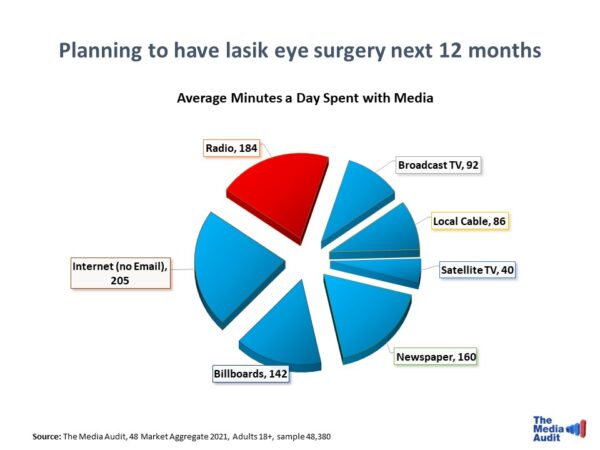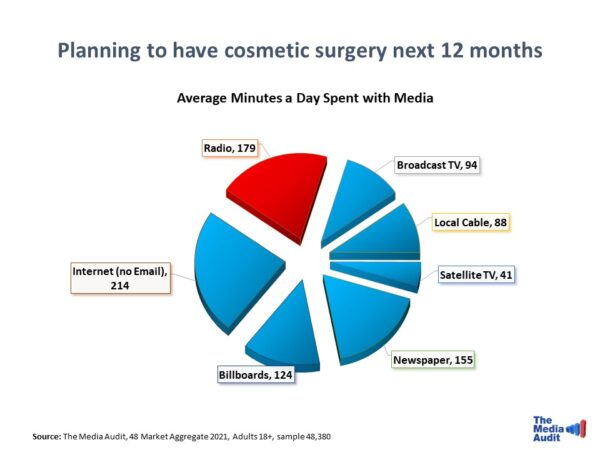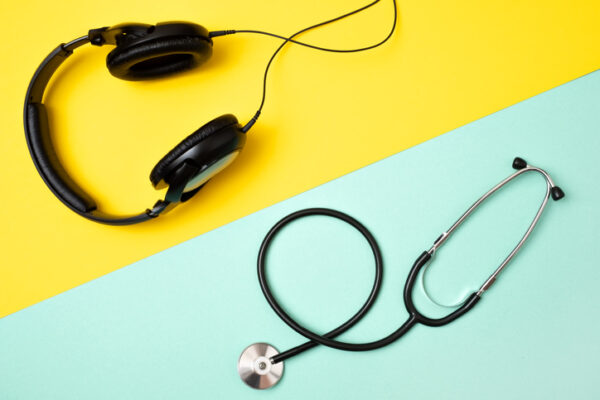Author: Annette Malave, SVP/Insights, RAB
When it comes to categories that experienced great change and focus during the pandemic, the healthcare industry was under extreme pressure to change how it handled and treated patients, but also how they fulfilled their patients’ expectations.
The majority of people have experienced a form of virtual something or other. As an industry, healthcare provided and has continued to offer virtual visits. While some may consider this convenient, the majority of Americans still prefer in-person consultations to show their physician a physical problem (80%), preference to personal connection (72%) and just overall quality (67%) and resolution (64%). Findings from EY Global Consumer Health Survey 2023 also confirmed that Americans are willing to switch to virtual care for minor matters such as prescription renewals, test result updates or minor medical conditions.
Radio listener views do not stray far from EY’s health survey. Forty-six percent of radio listeners consider video telemedicine appointments too impersonal. And 65% of radio listeners have visited their doctor or other healthcare professional one or more times this past year. The connection that radio listeners have with their healthcare provider is important. That may be why 72% of radio listeners agree that they always do what their doctors tell them, per MRI-Simmons data.
Clearly, that one-on-one meeting is important to patients because it is more personal and because the majority of radio listeners heed the advice of their healthcare professional, using a medium that is trusted to promote service, quality and care matters. Promoting these characteristics is best suited via a medium where time consuming the content is high. The prescription? Radio.
Patients of various healthcare services spend a great amount of time listening to broadcast radio. When compared to other traditional media options, time spent with radio ranks highest, per data from The Media Audit’s 48 Market Adults Survey. Broadcast radio leads the charge with time spent with nondigital media options. Whether the patient has visited a general practitioner, dermatologist, orthopedist, podiatrist or even the dentist, broadcast radio is where they spend their time compared to traditional media – two hours or greater. When compared to the internet, time spent with broadcast radio comes in at a close second. (It is no wonder we have said before that radio drives site traffic for healthcare.)
Specifically, average minutes a day adults 18+ spent with radio, by practice, is:
- Chiropractor – 143
- Dentist – 128
- Dermatologist – 129
- General practitioner – 128
- Orthopedist – 142
- Podiatrist – 144
- Physical therapist – 138
When it comes to consumers who plan to have LASIK eye surgery or cosmetic surgery, the average time spent with radio is even higher – 184 and 179, respectively.


No matter how you look at it, from toothaches to toe pain, radio works for healthcare.



I have found this very interesting for myself and am sure it will make a difference in my persentations. Thank you.